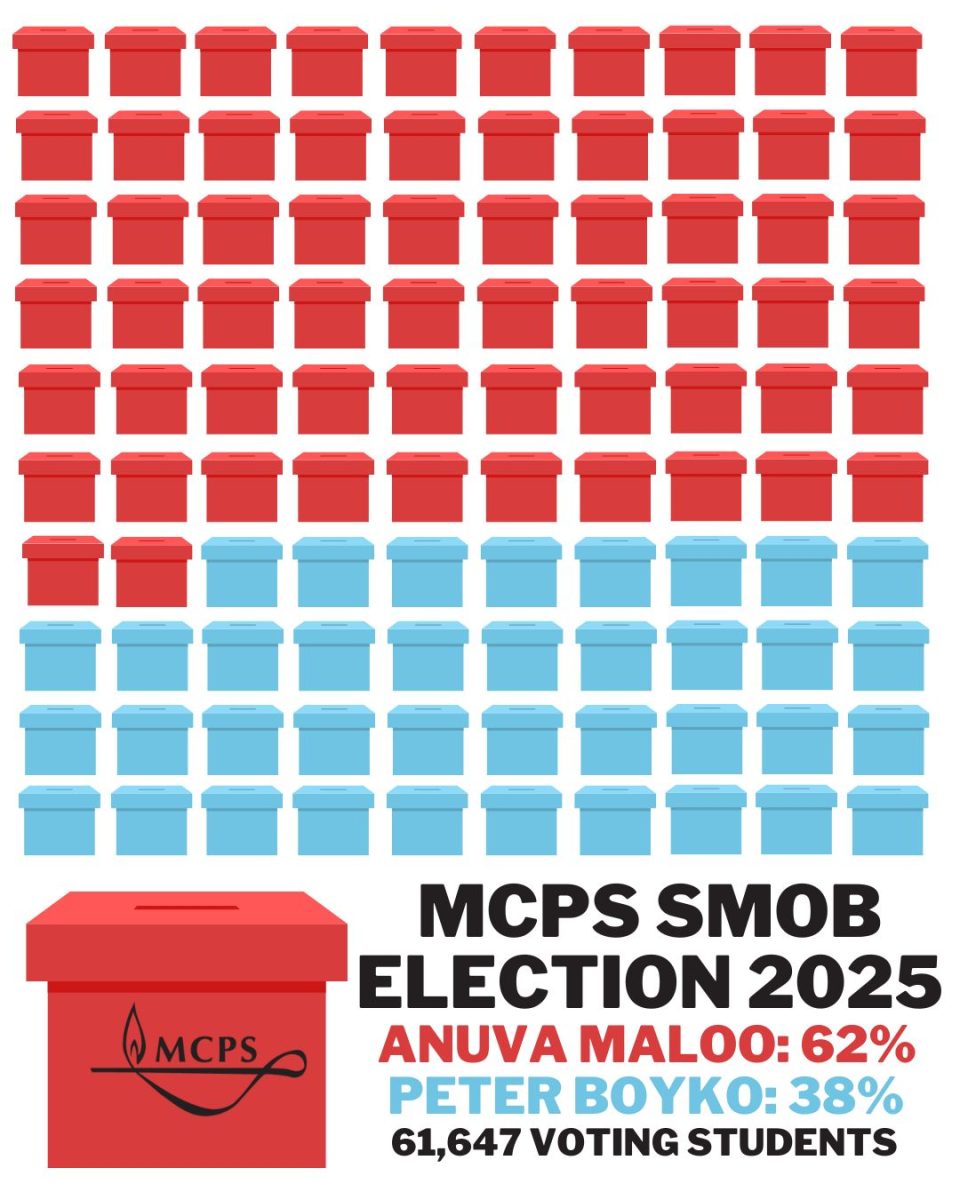On the weekend of Oct. 1, Congress narrowly avoided a government shutdown by issuing a 45-day stopgap bill, lasting until Nov. 17. The issue was resolved just under three hours before the government would have closed down, by passing a “continuing resolution,” according to The Washington Post.
Government shutdowns are when funding is cut for all unnecessary functions of the government. They result from Congress not agreeing on legislation to outline the budgets of the federal government.
Congress had been struggling to agree on a wide scale of topics, partly because of increasing political differences.
“As the country has become more and more polarized, that’s reflected in our politicians in Washington,” AP Government and Politics teacher Jonathan Taylor said.
Over the course of recent decades, party differences have widened and passing legislation has become more difficult as compromise is less easily reached. According to Pew Research, citizen’s beliefs are polled at an 18 percent difference, which is an all time high.
A government shutdown would have cut the spending and function of many services. Some examples include funding for national parks, the U.S. Postal Service and Head Start programs.
In addition, more than four million federally funded government employees would not receive paychecks. Economies and industries across the U.S. will be impacted and their growth severely stunted.
Many RM students have family members who work for the federal government and worry about the impact a potential shutdown may have.
“My mother works for the government and she needs a paycheck,” freshman Nuala Grady said.
A government shutdown can have an effect on many different aspects of the country. Under a government shutdown, many businesses could lose customers who can no longer afford small luxuries due to losing their salary. According to the Associated Press, tourist attractions and businesses around the national parks would also be completely closed until an agreement is reached in legislation to provide vital funding.
Additionally, according to NPR, the economy’s growth would continue to slow as time goes on. New data on inflation could become inaccessible because government employees aren’t able to conduct research. Economically centered jobs would be impacted due to this loss of data.
The continuing resolution for this near shutdown was a proposal by former House Speaker Kevin McCarthy to sustain former government spending in all categories except for funding for Ukraine. However, as the continuing resolution is only a stopgap bill, Congress still has to agree on a permanent spending bill.
This process is lengthy and involves a lot of negotiating from both parties in Congress. It must pass both the House of Representatives and the Senate before being sent to the president. If it is approved by the president, it is operational.
Because the stopgap bill lasts until Nov. 17, members of the RM community are overall not sure if Congress will be able to pass new legislation before then.
“I guess my honest answer is I’m hopeful. Or I guess I’m cautiously optimistic,” Mr. Taylor said.
Grady agrees. “Based on what they’ve been doing no, they won’t [agree] but I hope they could,” she said.






